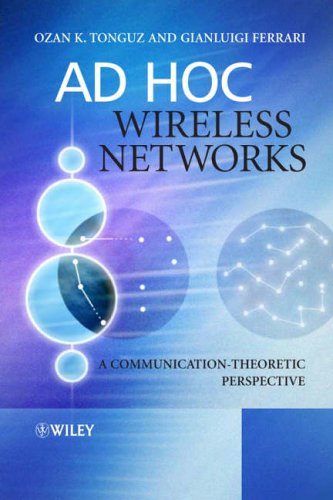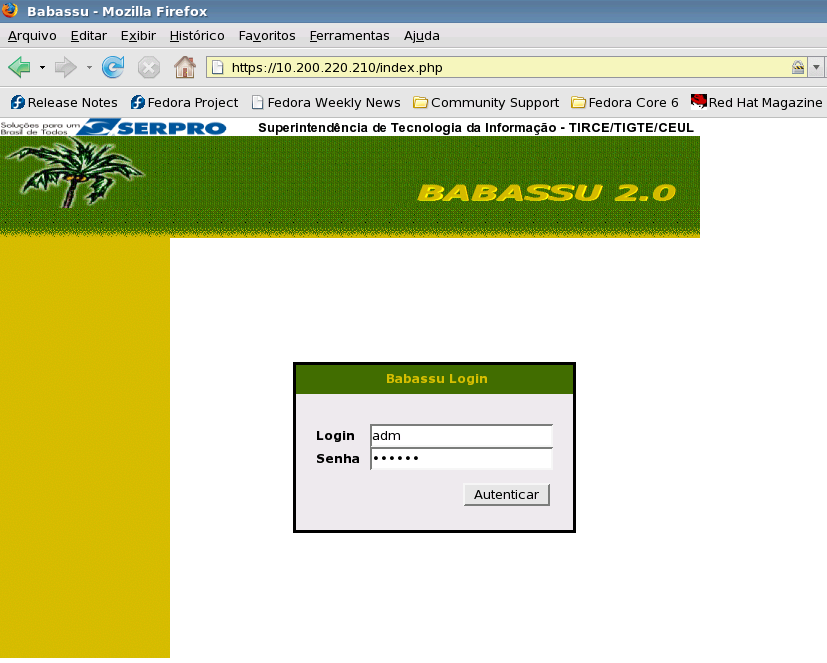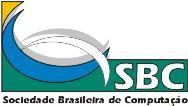RouteFlow: Virtual IP Routing Services over software-defined networks
The main goal of RouteFlow is to develop an open-source framework for virtual IP routing solutions over commodity hardware implementing the OpenFlow API. RouteFlow aims at a commodity routing architecture that combines the line-rate performance of commercial hardware with the flexibility of open source routing stacks (remotely) running on general purpose computers. As an outcome of this point in the design space of routing solutions, we expect: Migration path from legacy IP deployments to purely software-defined networks (i.e. OpenFlow) Open-Source framework to support the different flavours of network virtualization (e.g., logical routers, router aggregation / multiplexation). IP Routing-as-a-Service models of networking Simplified intra- and inter-domain routing interoperable with legacy equipments.







